12-Step Plan for Effective & Engaging Virtual Training Sessions
In today’s global marketplace, many organizations span several cities, countries and often continents. For these organizations, employee training and development can pose a significant expense when employees have to be flown out to attend conferences and seminars.
To minimize these costs, many of these organizations opt to train their globally dispersed workforce virtually, by way of webinars. As you most likely know (or should be, by now), a webinar is a conference or meeting conducted over the internet and therefore ideally suited for multiple participants in several locations.
In fact, virtual training is fast gaining foothold in the corporate world as it allows employers to offer their teams many of the benefits of a live classroom session without the associated costs.
Of course, preparing for a virtual audience is quite different than planning for in-person, face-to-face participants. For virtual training events to be effective, greater engagement and interaction must be incorporated into the experience.
If you are planning to go virtual with your training events, then you’ll clearly want to guarantee that your audience is not only listening to your training materials (and not just checking their email or Snapchat), but enjoying them, learning from them and most importantly, RETAINING them. Below are 12 effective strategies that you can implement to properly plan and execute your virtual training sessions.
Step 1: Invest In Stable, Reliable Virtual Technology
Probably the most important consideration when adopting virtual training is researching and commissioning a reliable and robust platform on which to run your events.
One of the common, yet most detrimental mistakes you can make is to start playing with virtual training as a small side project that’s not allocated enough time or resources.
If you are going to take advantage of the capability, convenience and cost effectiveness of virtual training, it only makes sense to invest in a reliable and versatile virtual platform.
This is particularly true for full-fledged courses that require classroom tools such as whiteboards, breakout rooms and polling systems.
There are several feature-rich online meeting platforms such as MaestroConference, GoToWebinar, WebEx and Join.me. Many of these services allow users to teach multi-session online classes in a seamless manner.
Of course, there are several factors to consider before deciding on a platform, such as:
- Whether the session is for a small group or large audience.
- Whether the session requires live demonstrations or will it be mostly prerecorded content.
- Are there multiple ways to access the webinar (mobile, streaming, download, etc.) and not just via a PC.
- Whether the platform is specifically designed to support learning delivery.
- Whether the platform allows the facilitator to upload hosted, shareable content to a secure location.
- Whether the platform allows users to share files securely.
- The availability of self-directed software that allows users to listen to audio, watch video, etc.
- The availability of tools that allow all participants to send messages, answer questions on their screen or address their instructor about their lessons.
- Whether the platform is already being used by reputable companies or persons and has good reviews.
Make Use Of Software Trials
Before you decide to go with one platform or the next strictly based on features and reviews, select two or three services, schedule product demos and then take them for a test drive with their free trials. Doing this will allow you to see how each service stacks up against the others.
Make sure to choose the right technology before you start with the content delivery. Take the time to look at different feature sets, go over reviews and intelligently determine which software is perfect for you!
Invest In a Hands-free Headset
Even with the best virtual platform, audio problems will inevitably arise if a subpar microphone is used. Investing in a quality hands-free headset allows easier control of other tools and features, improved audio and a generally more authentic delivery. (In the market for a good headset? Check out the “Best Microphone Options for the Training Professional.”
Step 2: Seek Energetic, Skilled Facilitators
A facilitator can make or break a training session. After all, this person will be the main point of reference for the duration of the event.
A skilled and seasoned facilitator should be able to grab and hold the attention of the listener, encourage participation and build connections. In other words, this person must be able to facilitate the overall audience experience and skillfully steer the session in the right direction.
Doing this is a specific skill that you will not find in everyone who does a fantastic job presenting to a live audience.
It is, therefore, important that the facilitator not only has the correct degree of knowledge and experience in the subject area, but knows how to engage a remote audience and keep participants hooked to the screen.
Vet Their Pre-recorded Webinars
If you’re interested in employing facilitator talent from outside the organization, take a look at all of the training options that they have. Many experts record their webinars specifically for people who do not attend their live events.
This is a good way to decide between prerecorded/live as well as assess their competence and manage expectations.
Be On The Lookout For Virtual Training Skills
It is critical that your facilitator understands that while some skills overlap between in-person and virtual training, the best virtual trainers know that virtual is a completely different medium and adjust their content and delivery accordingly.
This requires a few specific skills/traits:
- Just as for in-person conferences, if the speaker is dull, the attendees get bored, it’s a similar case for virtual events; it’s just as important to be energetic, passionate and provide great content and conversations.
- Typing quickly and being able to communicate succinctly.
- Being witty.
- Multitasking (including managing group chat)
- Being patient. You will need to build in pause time to allow for people to connect to the session, type in their answers, etc.
Step 3: Find a Co-Facilitator
If you’ve ever been on a webinar, you’ll notice that there’s almost always two facilitators. This is for several practical reasons, not to mention for mutual support. For instance, while one is speaking or leading, the other can monitor the chat, provide feedback, and address questions that arise.
Empower Your Facilitators
Even if your facilitators are already experienced with virtual events, it’s still important that you empower them with relevant information to ensure the session is as easy to moderate as possible:
- Develop a Guide for Facilitators: Create a guide that they can use to moderate the virtual classroom. It should include the objectives of your event, some background on your audience, as well as some clearly defined do’s/don’t’s from you and your organization.
- Communicate The Training Goals: What should the employees ultimately get out of the overall training experience? Ensure that the trainers are crystal clear on these goals and what “success” in achieving these goals looks like.
Moreover, it’s helpful for participants to hear two perspectives and two voices as it improves the event’s flow.
Importantly, ensure each person compliments the other’s skills and is likely to be a good match for a successful team. This is especially true if the topic is complex or a large group is attending the session.
Step 4: Build Interest With Pre-Session Activities
A good way to build interest around the event is to get in touch with participants several times in the weeks leading up to the date.
There are several steps you can take:
- Send Out the Expectations of The Webinar Well Ahead of Time: Create interest in the session by posting information via e-mails, company newsletters, bulletin boards, videos, etc. Your emails should inform participants about the session and how it is going to help them improve professionally and/or personally.
- Create Anticipation With Registration Form Copy: Many webinar presentation services allow users to create custom webinar registration forms and landing pages to entice attendees.
Focus on the benefits of the training, what folks can expect and why they should be eager to attend.
- Enlist the Help of Your Team Leaders: Many people loathe corporate training because they believe each one is just another long, dreary training session that they are mandated to attend.
In many cases, this perception has much less to do with the actual content of the training and more so with how it is presented to employees, especially by their managers.
Having a pre-session meeting with managers to explain the benefits of the training can go a long way in changing employee mindset.
- Ice-Breakers: Ice-breakers help to build a sense of community from the first point of interaction. When you are about to start, get the session moving with an interesting ice-breaker.
You could start with a game or something simple and unexpected such as asking participants with webcams to show something interesting or share their screen.
In addition, ask questions and reaffirm what learning needs the session will address.
- Hold a Flipped Lesson: Flipped lessons incorporate reverse instruction which has participants watching lesson material on their own before they view the main lesson. This is especially useful because it gives participants initial knowledge and understanding prior to the start of the training, thereby allowing more time for useful interaction.
As soon as each person joins the lesson, they are ready with questions and feedback providing for a richer discussion.
Step 5: Pique Interest With Content Previews
If you’ve ever attended a corporate training session, you’ll know that it is common practice to hand out printed materials as attendees enter the room. The issue here is that attendees often spend valuable time perusing the material before paying attention at the start of the presentation.
It’s not difficult to realize that if attendees go into the session already loosely familiar with the content, then they’ll be prepared mentally for the content to follow and will likely stay engaged with the presenter from the outset.
A snapshot of information is easier to manage than a detailed resource, so create and distribute a condensed version of the training manual/printout ahead of time, as this will allow for:
- Participants to formulate specific questions before the event.
- The conversation would have already begun in the minds of the participants.
- Prevent participants from clicking between windows during the presentation.
But Beware (!) – Do Not Provide Too Much Information
Still, it is important that you take care not to provide too much information or you’ll find it hard to keep your attendees’ attention during the event. If they feel like they’ve already got the gist of the training materials, they’re much more inclined to tune out once your facilitators start talking.
Step 6: Choose/Create a Suitable and Comfortable Environment
Remember, not everyone is comfortable in this type of online learning environment. Not everyone is tech savvy and some people just don’t like change. To reduce the initial resistance, strive to create a comfortable environment with:
- Timing and Practice Session: Invite people to join the webinar 10 minutes early so they can get comfortable as well as “live check” their audio and visuals.
- Practice: Allow everyone to play with the annotation tools, have them practice writing on the whiteboard or try out features they will use during the event.
- Environment Design: In larger organizations, environmental analysis is the foremost step in designing an interactive virtual classroom training.
These larger organizations must consider venue design carefully due to the large variation of people and cultures and the often large size of their training groups. In addition, virtual trainers need to liaison with organizers on the ground to understand the environment and the expectations of the audience.
In general, you’ll find that the best location design options focus on simplicity and the ease of integrating technology for the best audio/visual experience. This mean a closed area free from wind or extraneous lighting, minimal doorways to navigate, no walls to bump into, no columns to hinder the view, etc.
Step 7: Decide Between Live Vs. Pre-recorded Webinars
Going live is simply the best route to an engaging training session. Attendees are naturally more attentive, more willing to complete activities and are often a tad more patient when technical difficulties arise during a live event.
However, budget constraints and logistics may make it impractical to conduct live sessions. Nonetheless, while it may not seem so, pre-recorded webinars do offer certain benefits:
- Allow people to watch at flexible times
- The training can be distributed in several ways
- Lowered logistical planning
Trying to host a live webinar can quickly turn into a logical disaster. Problems that may crop up include:
- Limited bandwidth
- Unavailability of replacement PCs
- Time zone issues
- Technical support overwhelm
Think about your training goals and whether a live or pre-recorded session suits your needs. In many cases, you may want to make the best of both worlds by:
- Having a live facilitator moderate the pre-recorded session. He/she can then oversee activities and the flow of the session as necessary.
- Having key team members attend the live session and then distribute the recorded version to others. Most webinar platforms offer replay distribution services.
Step 8: Prepare For Technical Difficulties
Technical difficulties are almost impossible to entirely eliminate. Still, careful planning can go a long way in reducing the likelihood of such problems arising during the session.
How many times have you seen “unexpected” problems crop up in an event you’ve participated in? From sound/video problems to connectivity/access hassles and everything in between. This is particularly frustrating when it happens periodically throughout the course of the event.
It seems obvious, but the very best way to avoid these inevitable glitches ruining your event is to anticipate them and have a plan in place to address each one.
Here’s how you can go about getting a plan in place:
Rehearsals: Ensure the presenter has time to rehearse and is familiar with the webinar software and training platform. This doesn’t need to be long and laborious. A quick 15-30 minute walkthrough can ensure that the webinar goes off without delays.
Use A Platform With Good Support: Ensure the platform that you are using offers good technical support. The ground organizer and facilitator must have the contact information of relevant technical persons who must be on-call during the event.
Prepare Participants: Participants should know how to set up their systems and have the appropriate software installed beforehand.
As an example, some webinar systems require users to download their software before the event. You don’t want a situation in which people are frantically downloading the software just before the event starts. Most platforms offer YouTube videos on how to use their software, which participants can watch before the event.
On The Ground Technical Support: The presence of experienced, calm, and professional technical support goes far in keeping things together on the day of the event.
Constantly Troubleshoot Technical Issues: Pesky issues often pop up at the start of the event and at other important intervals. Ensure your support team takes the time to troubleshoot system warnings and errors before they result in total failure.
When planning virtual sessions, it’s useful to keep in mind that these events can only be glitch free provided adequate preparation goes into them.
Step 9: Leverage Interesting and Relevant Content
If you bring your learners into a tech-y virtual environment and then talk at them with a bland PowerPoint deck for an hour, everyone will leave feeling cheated.
Instead, talk with your participants and bring them into the conversation by devising a simulation, doing some role playing or collaborative learning, taking a live poll of the audience…just something interesting.
Create Interactive Learning Activities: Active employee participation is key to a successful virtual classroom training experience. Consider creating immersive activities such as scenarios and games.
Rich eLearning Presentations: Bland slides are outdated. Instead, use interactive and versatile presentation software that offer rich learning features such as animation and special effects. Prezi and Emaze are good examples.
Select Relevant Content: Engage the audience by challenging them to become active participants and learners by prompting them to think about how the subject matter relates to them, either personally or professionally. Lack of relevance will put them off and fail to hold their attention.
Leverage Outside Resources: Enhance employee engagement by downloading external resources and easily, instantly sharing your screen with participants so that everyone can see the same thing at the same time. Make it easy for your audience to collaborate on and appreciate the content.
Step 10: Consider Multiple Time Zones When Scheduling
Large organizations often span multiple continents and therefore different time zones. This presents an issue when hosting live webinars as it’s difficult to find a time that is suitable across the board.
While this often means that you have to schedule multiple live presentations, there are several tools that can be used to better plan for multiple time zones.
Further, ensure that you mention the time zone issue in your communication so that when necessary, attendees know that while you may not have been able to accommodate them in the best time slots, you at least made an effort.
And regardless of whether or not invited guests are able to attend live during the scheduled time, let them know that the event is being recorded and everyone who registers will be sent the recording. This way, you as trainer make all of your guests feel like their attendance and participation is wanted.
Step 11: Endeavor To Keep Your Trainees Engaged
Keeping participants engaged is the first rule of thumb for virtual events. You’ve probably participated in webinars that were dreary and boring; and those that were fascinating and buzzing with activity.
What was the difference?
It’s all about creating engagement and being interactive – capturing and keeping attendees’ attention. You want people to learn something important, something they will appreciate. You want them to be eager to apply what they’ve learned after completing the session.
There are several steps you can take to engage participants:
Ask Interesting and Thought-Provoking Questions: Get to the heart of the matter by asking the questions that get people talking. Think of questions that will encourage participants to chime in with answers casually and frequently, questions that bring out some really funny answers, and others that are just enjoyable to discuss.
Good examples are questions that encourage people to share their experiences and opinions. On the other hand, try to avoid philosophical questions that require extensive discussion.
Limit Chat Moderation and Encourage Collaborative Learning: The whole purpose of asking questions is to encourage participants to respond in the chat. It can be frustrating for many people when presenters turn off the chat function or only allow questions to be posed to them.
While you do want to limit cross-talk during your presentation, open the ‘chat floor’ and allow people to talk to each other during breakout sessions. If there is going to be a series of sessions with the same participants, this will encourage collaborative learning.
Hold Think-Pair-Shares with Breakout Groups: Just because the facilitator is in a remote location doesn’t mean the floor shouldn’t be opened for conversation. Sometimes giving learners ample time to consider deeper questions is necessary.
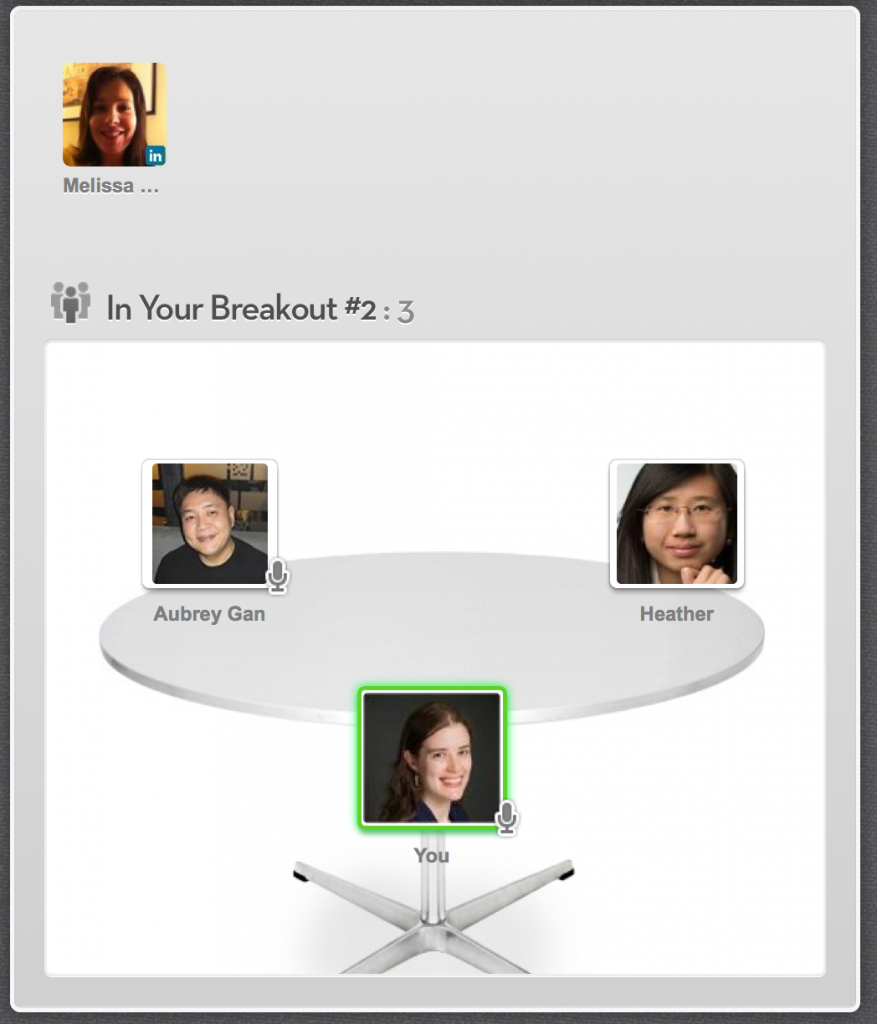
Whenever complex questions arise, break the group up into smaller pairings and have them discuss and formulate an answer as a team. Then, have them report their findings back to the group. Tackling questions this way gives participants ample time to discuss and ensures everyone participates, contributes and feels like their voice is heard.
Use A Whiteboard: Educating your attendees through illustration will only bring good results; especially if you are trying to convey specific concepts.
Whiteboards are a fantastic teaching tool because they are fun and make it easy to consume content. Engage your attendees by:
- Use a handy set of tools such as text boxes, highlighters and shapes.
- Encourage collaboration by asking participants to draw with you.
- Analyze an image or graphic as a discussion point.
- Make special notes and hand them out with a follow-up email after the webinar.
Using visual content to illustrate your ideas will enrich your webinar and make a greater impression on your attendees.
Include Mini-Activities: If all you are doing is talking through majority of your slides, then you might as well just email the information. Refrain from simply dumping information on your participants and instead spark interest with exciting mini activities.
Since the event is driven virtually, it would be useful to include activities that allow participants to use the internet to find information or use their device to complete the task.
Show a Simulation or Animation: Depending on the complexity of the topic, an animation or full blown simulation that explains the concept might be a good idea.
Conduct A Live Interview with a Guest Expert: Enthusiastic learners will always appreciate the chance to listen to and/or correspond with an expert in the field. This is especially true if the expert is sought after. The interview can be live or prerecorded, as long as it offers substantial value.
This is just the tip of the engagement iceberg, there are several other ways to spark interaction and create engagement such as telling stories and offering perks for participation.
Step 12: Ask Attendees to Provide Feedback
Incorporating webinars as part of the corporate culture means that you should focus on making your next webinar better than the last. Central to this effort is attendee feedback. If attendees are meeting in a room to watch the presentation, hand out a survey after the event has finished.

If the event is online, redirect them to an online survey to assess the success of the event. Offering an incentive for participation, e.g. a gift card is a great way to encourage audience feedback.
In fact, some organizations make completing the survey mandatory by issuing a certificate of completion only after the surrey has been completed.
Select A Polling Software: There are several survey tools online that will allow users to create useful, interactive surveys.
For online surveys, there’s the popular Survey Monkey or PollEverywhere, a software that will even allow users to text in responses from which useful graphs can be created.
Once you’ve decided on your polling software, organize polls before and after the event:
Pre-Event Poll: A pre-event poll is a great way to get attendees engaged right off the bat.
For instance, you could allow them to choose their preferred learning path or weigh in on their perceived value of the presentation.
Post Event Poll: The questions that you ask should focus on attendee experience, particularly within this new setting; the positives of the setup, the drawbacks and what needs drastic improvement.
Once you have received feedback, take time out to spot important trends in responses. You might also consider gathering similar feedback from the facilitators.
In fact, reach out to those attendees with strong views, as many will want to elaborate.
Once all the results have been organized, analyze the data and make informed business decisions to improve your future webinars.
Post Training: Finally, send out a transcript of the questions and answers post training.
If additional resources were used during the training, provide links to those as well. These resources will enable participants to retain key concepts.
Conclusion
As mentioned earlier, virtual training requires a strong facilitator (or facilitators) and careful attention to detail. With this focus, you can create a learning environment that effectively improves employee skills and job performance. Even the dreaded compliance training can become an engaging experience.
As long as the webinar is properly planned, informative and engaging, employees are sure to have a wonderful experience, which in turn will increase their retention of the content covered.
Take some time to think about your training goals and how best you can incorporate same into a successful virtual session. Done properly, your webinars will stimulate a learning culture that reaches beyond your typical classroom.



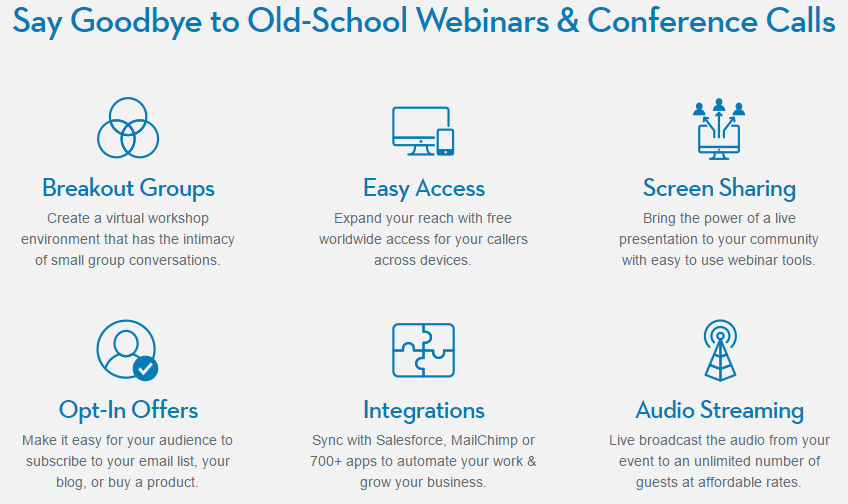
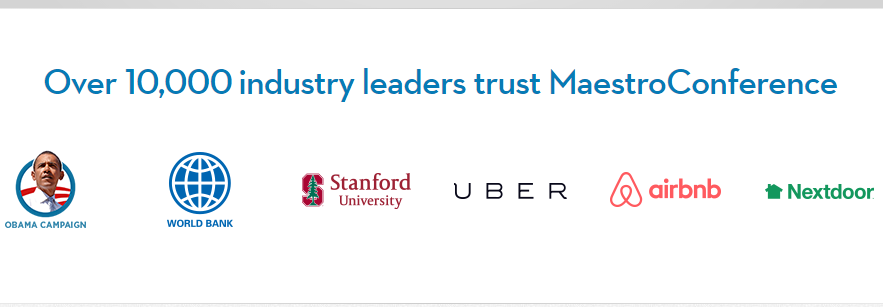


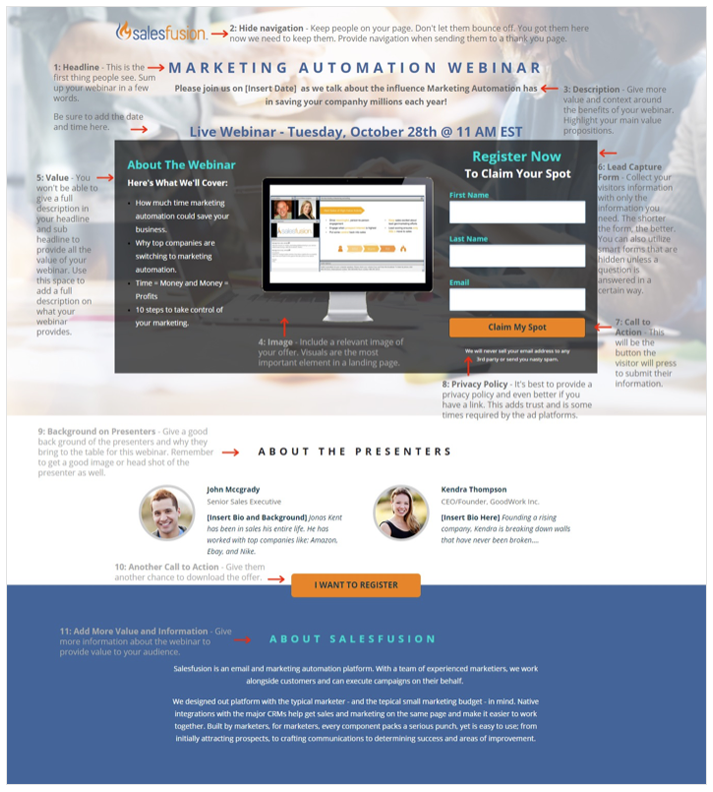
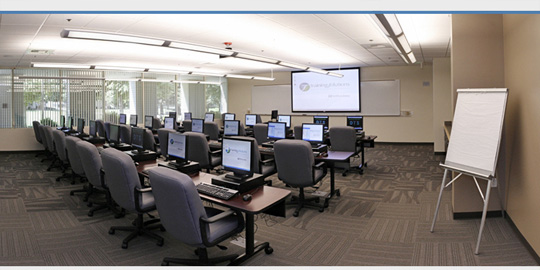
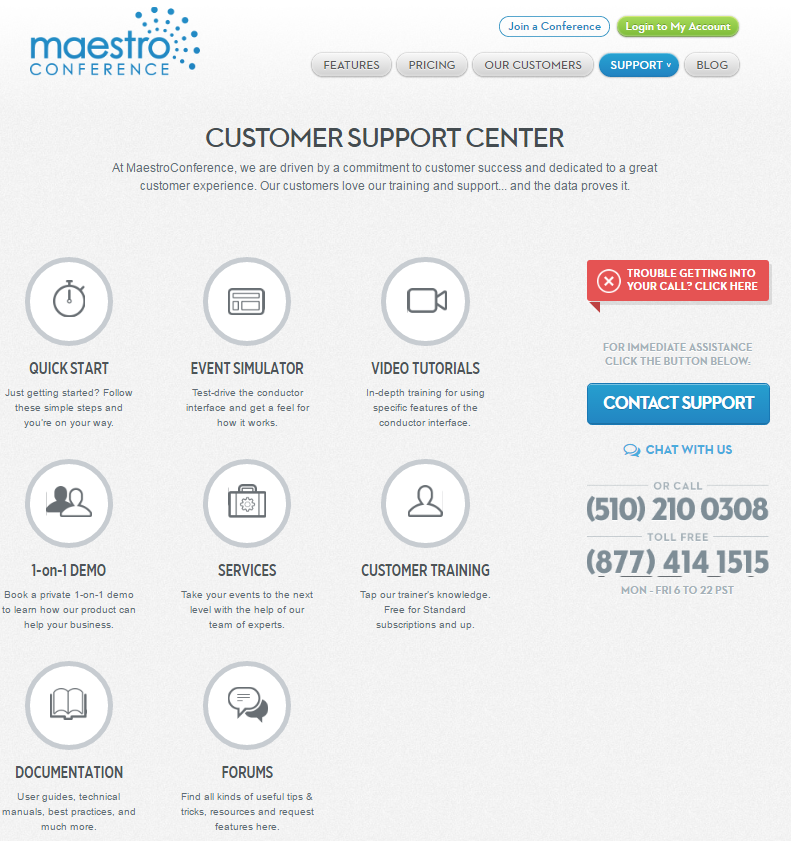


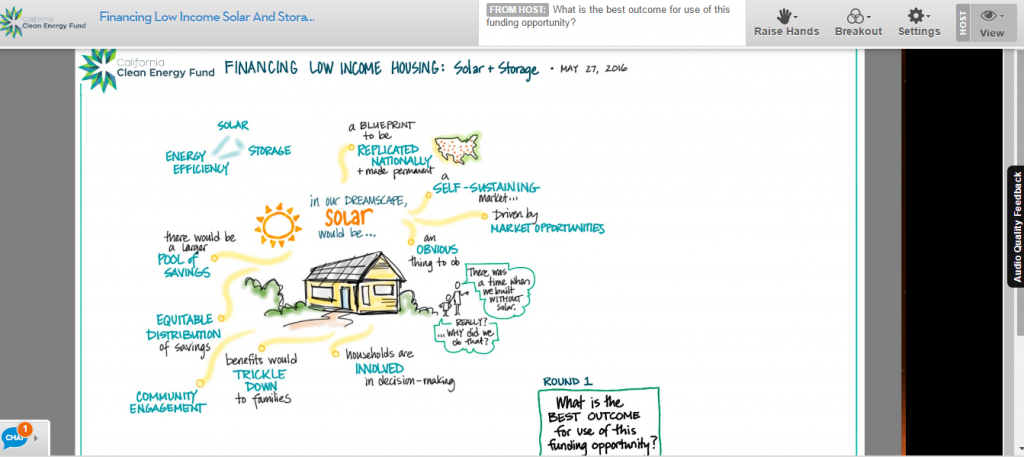



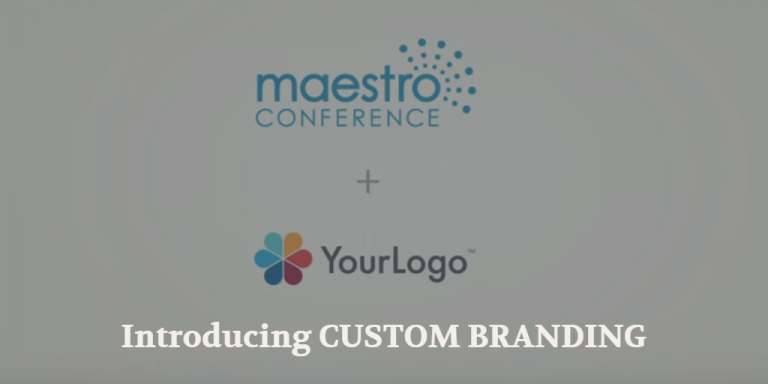

One Comment
Comments are closed.